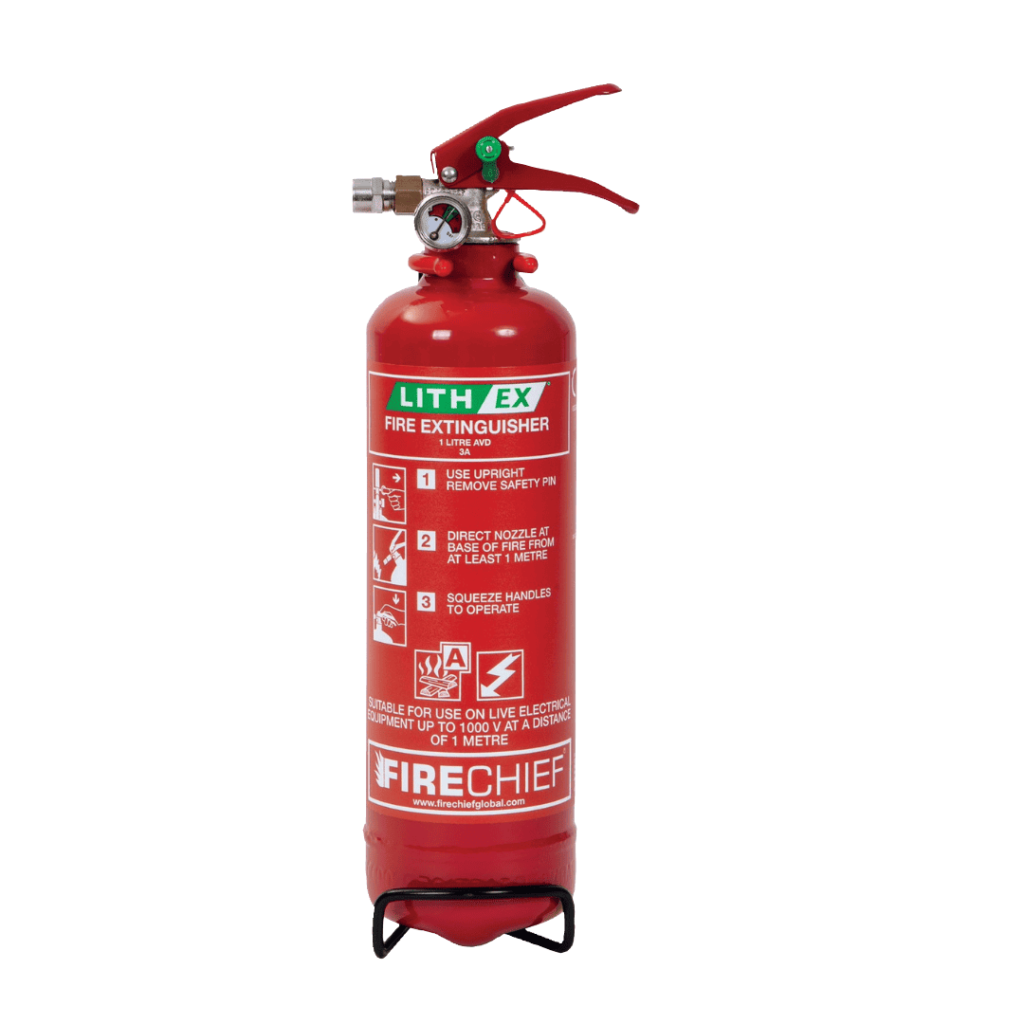Smoke alarms are the unsung heroes in our homes, quietly standing guard against the threat of fire. These devices, though often unnoticed in our daily routines, play a crucial role in our safety, alerting us to the earliest signs of danger.
In this guide, we delve deeply into the essentials of smoke alarms, their functionality, and their importance in safeguarding our homes and families. We will explore the different types of smoke alarms, the best practices for installation and maintenance, and the life-saving significance of having a reliable battery backup. Our goal is to transform your understanding of these devices from mere household fixtures to critical lifesavers. By the end of this article, you’ll not only recognize the indispensability of smoke alarms but also appreciate their role in providing us with invaluable time – time to react, time to save lives, and time to safeguard our most cherished possessions.
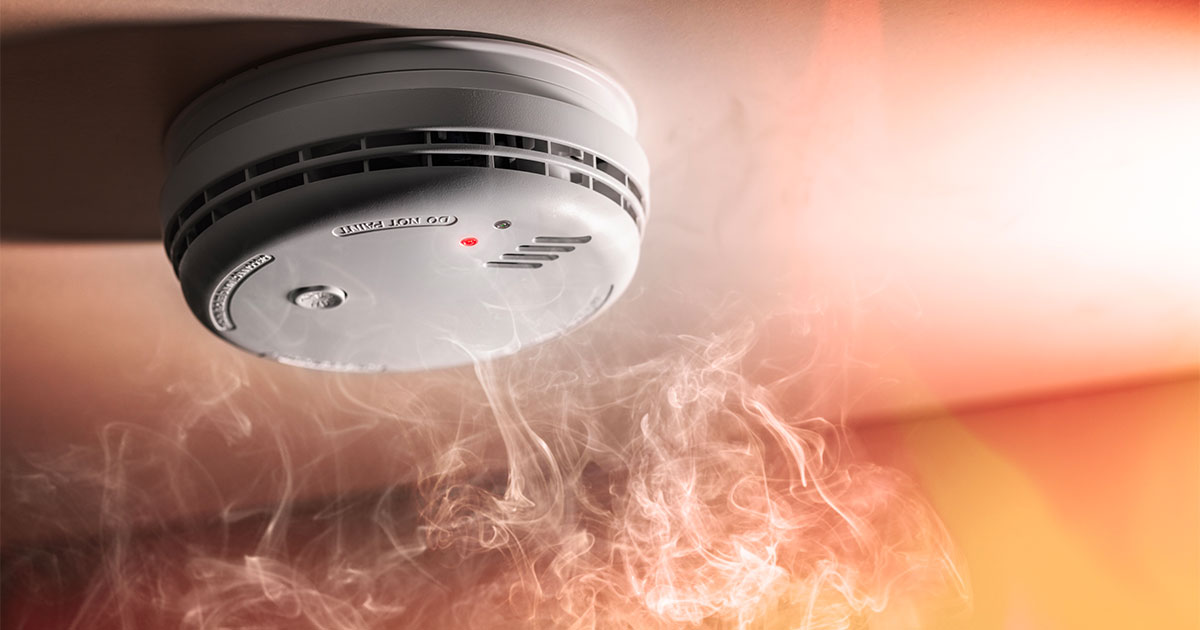
Smoke alarms stand as critical components in the domain of home fire safety. These compact devices, often understated in their appearance, hold a significant responsibility in safeguarding our homes and lives. Let’s explore the fundamental reasons underscoring the importance of smoke alarms in protecting us and our properties.
-
Early Detection of Fire
- Prompt Alert: Smoke alarms are engineered to detect the slightest presence of smoke, setting off an alarm at the earliest indication. This early detection is crucial, as it provides residents with critical time to react and evacuate, potentially preventing a disastrous outcome.
-
Swift Evacuation
- Every Second Matters: In the event of a fire, the time you have to safely evacuate is extremely limited. Smoke alarms serve as an early alert system, vital for quick and orderly evacuation, greatly enhancing the safety of occupants and reducing the risk of injury.
-
Protection of Vulnerable Individuals
- Safety for All: Smoke alarms are particularly essential for the safety of vulnerable individuals like children, the elderly, or those with disabilities. In a fire, these groups may need additional time or assistance to evacuate, making the early warning provided by smoke alarms even more critical.
-
Prevention of Smoke Inhalation
- Avoiding Toxic Hazards: Fires produce not just flames but also harmful smoke. Inhaling this smoke can be deadly, sometimes quicker than the fire itself. Smoke alarms provide an early warning to evacuate, thereby reducing the likelihood of smoke inhalation injuries.
-
Property Preservation
- Safeguarding Assets: Smoke alarms play a significant role in protecting properties. Early fire detection can lead to quicker firefighting response, potentially limiting the extent of property damage and preserving your home and valuables.
-
Compliance with Legal Requirements
- Adhering to Law: The installation of smoke alarms is often mandated by law in residential properties. Compliance is not optional but a legal requirement, with non-adherence resulting in serious legal and financial consequences. This legal mandate emphasizes the critical nature of smoke alarms in home safety.
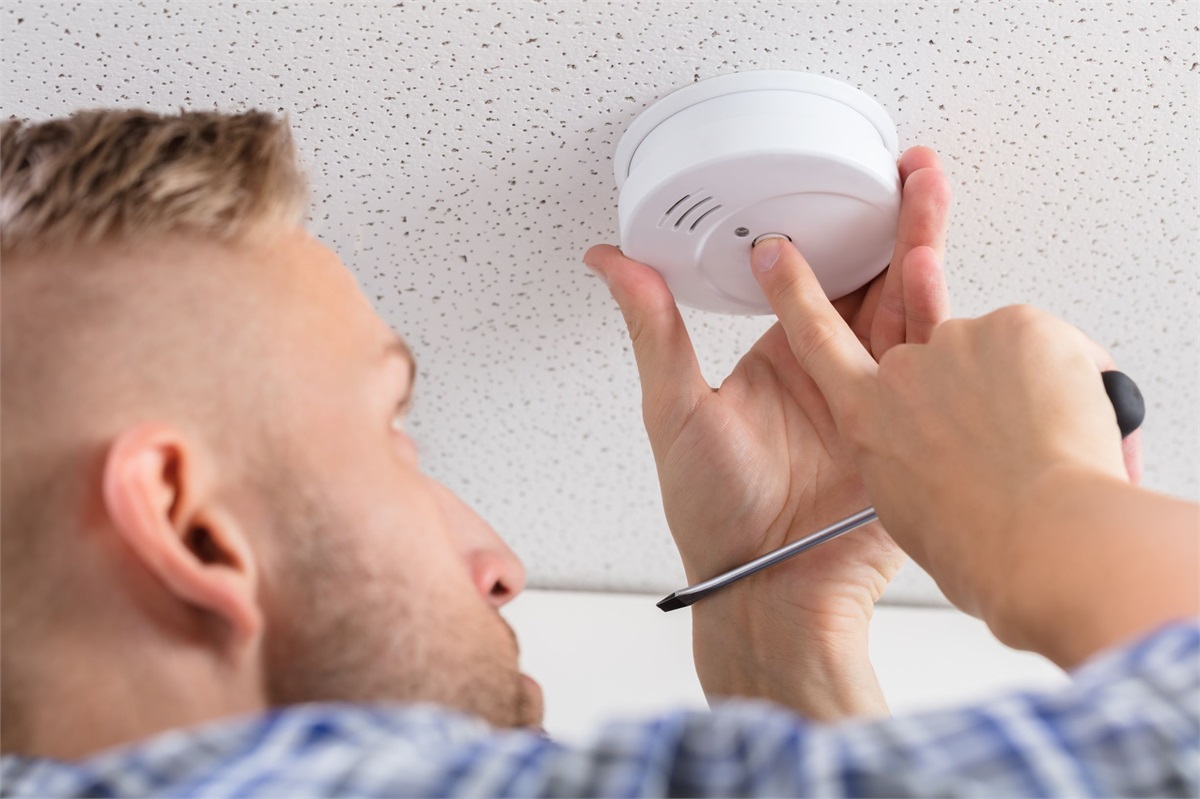
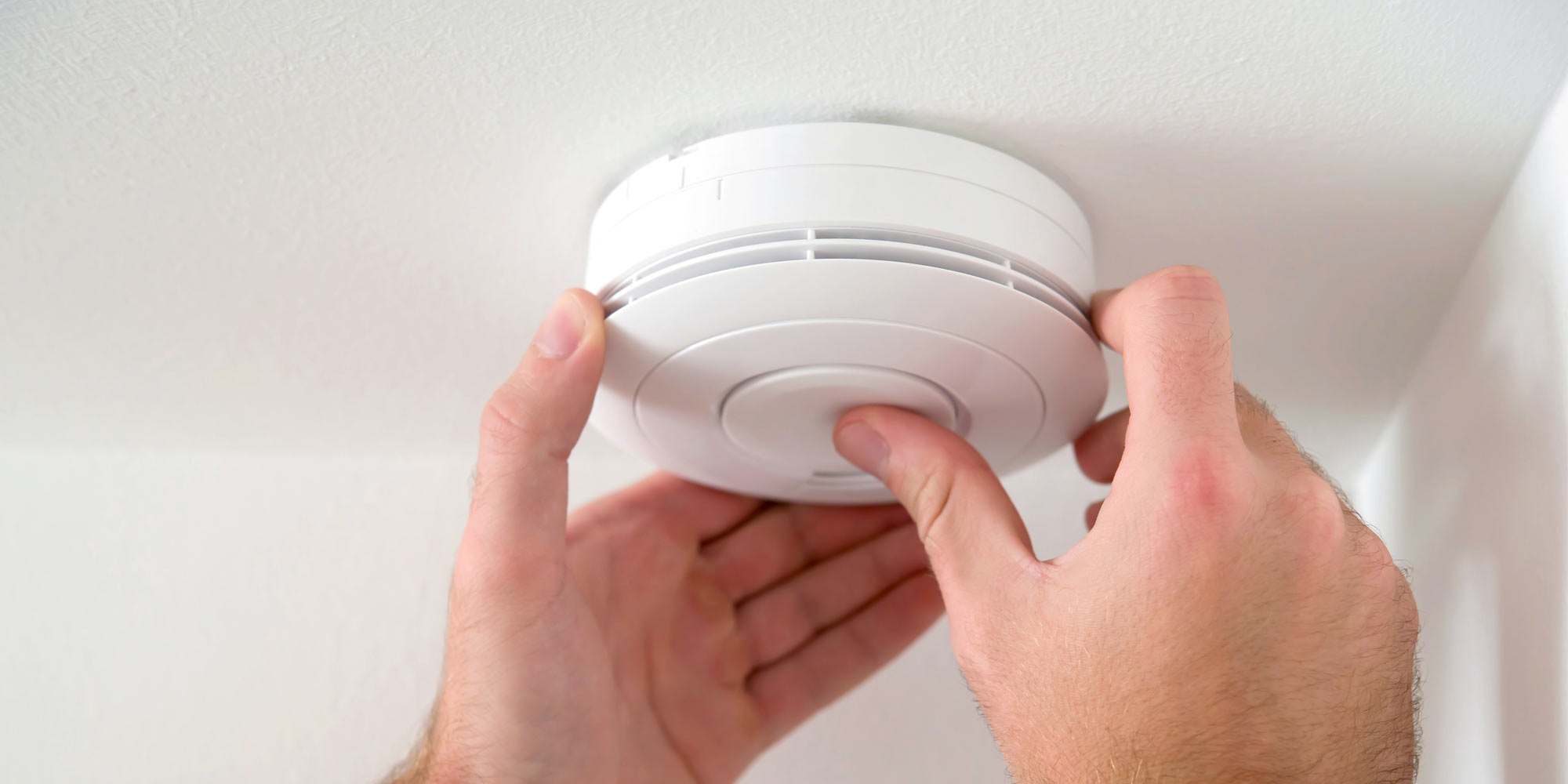
Installing smoke alarms is a vital measure in enhancing your home’s fire safety. However, the effectiveness of these alarms hinges on their proper installation and strategic placement. Here, we outline key considerations for installing and positioning smoke alarms to maximize their protective capabilities.
Installation Tips:
- Follow Manufacturer’s Instructions: Adhere to the manufacturer’s installation guidelines to ensure the smoke alarm functions correctly.
- Use Approved Alarms: Choose smoke alarms that comply with local building codes and standards, and look for devices with recognized certifications.
- Professional Installation: For hardwired alarms, consider professional installation by a licensed electrician, adhering to all safety regulations.
Placement Strategies:
- Strategic Locations: Install smoke alarms in bedrooms, hallways, living rooms, and kitchens. Ensure each floor of a multi-story home has a set of alarms, and prioritize placement near sleeping areas for nighttime fire detection.
- Bedroom Protection: Position smoke alarms inside and adjacent to bedrooms to ensure prompt alerting in case of a fire during sleep.
- Kitchen Safety: Install smoke alarms at a safe distance from cooking appliances to reduce false alarms, or consider a heat detector for more accurate detection in the kitchen.
- Ceiling Mounting: Preferably mount smoke alarms on the ceiling. If wall-mounted, ensure the top edge of the alarm is no closer than four inches from the ceiling.
- Avoid Drafts: Place alarms away from windows, vents, and fans to prevent disruption of smoke flow and delayed detection.
- Interconnected Alarms: Use interconnected smoke alarms for a unified alert system, ensuring everyone in the house is notified simultaneously in case of a fire.
- Maintenance Routine: Maintain a regular check-up schedule, including monthly testing, annual battery replacement, and replacing the unit every ten years or as recommended by the manufacturer.
Proper installation and placement of smoke alarms are key to their effectiveness in providing early warnings in case of fire, ultimately contributing to the safety and well-being of your household.
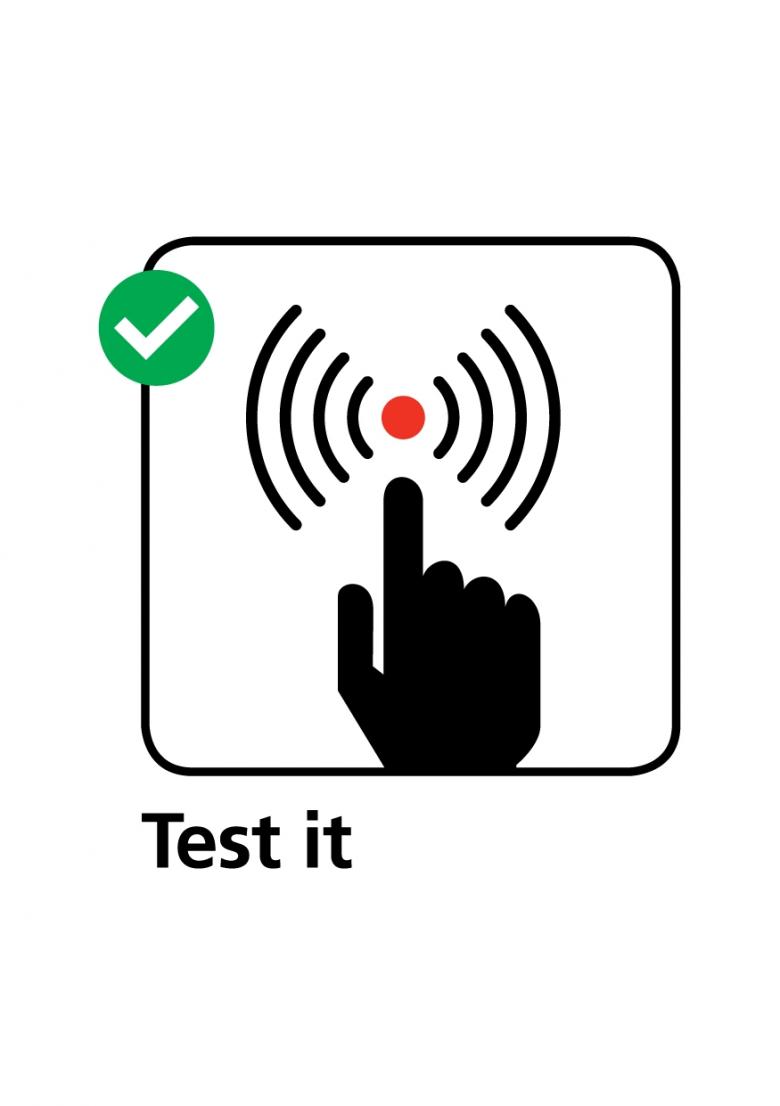
Maintaining and testing smoke alarms is crucial for ensuring their effectiveness in home fire safety. These vigilant devices require regular checks to remain reliable and alert in emergencies. Here are key practices for maintaining and testing smoke alarms:
Monthly Testing:
- Regular Checks: Conduct monthly tests on each smoke alarm to ensure their sensors and sounders are functional.
- Testing Procedure: Press and hold the test button until the alarm sounds. If it doesn’t sound loud and clear, replace the batteries and retest. If issues persist, replace the unit.
Annual Battery Replacement:
- Battery Lifespan: Replace smoke alarm batteries annually, regardless of their apparent remaining power, to maintain consistent functionality.
- Low-Battery Signal: Heed the low-battery chirping signal as an immediate reminder to replace the battery.
Routine Cleaning:
- Dust Accumulation: Clean the alarms regularly to remove dust and debris, using a vacuum cleaner with a brush attachment or compressed air.
Maintenance Records:
- Record-Keeping: Keep a log of all maintenance activities, including battery replacements and testing dates, to track each alarm’s performance.
Replacing Smoke Alarms:
- Ten-Year Replacement: Replace smoke alarms every ten years, or earlier if they fail to respond correctly during routine tests.
- End-of-Life Indicator: Pay attention to the end-of-life signal on modern alarms and replace them as recommended by the manufacturer.
Interconnected Alarms:
- System Check: Test interconnected alarms to ensure they all sound together, verifying the system’s comprehensive alert capability.
Professional Inspection:
- Expert Check-Ups: Periodically have a qualified technician inspect and evaluate the smoke alarms for optimal functionality.
Educating Household Members:
- Fire Safety Awareness: Teach all household members, including children, about smoke alarm importance and emergency procedures. Regular fire drills are essential for preparedness.
Concluding Thoughts:
Smoke alarms are critical guardians in home fire safety, serving as our first alert in case of fire. This article emphasizes the importance of these devices, detailing their essential roles in early detection and alerting occupants. It stands as a comprehensive guide for homeowners, highlighting necessary practices for maximizing the effectiveness of smoke alarms. By diligently maintaining and strategically placing these devices, we can ensure they stand ready to protect our homes and loved ones from fire, offering peace of mind amid potential threats.
